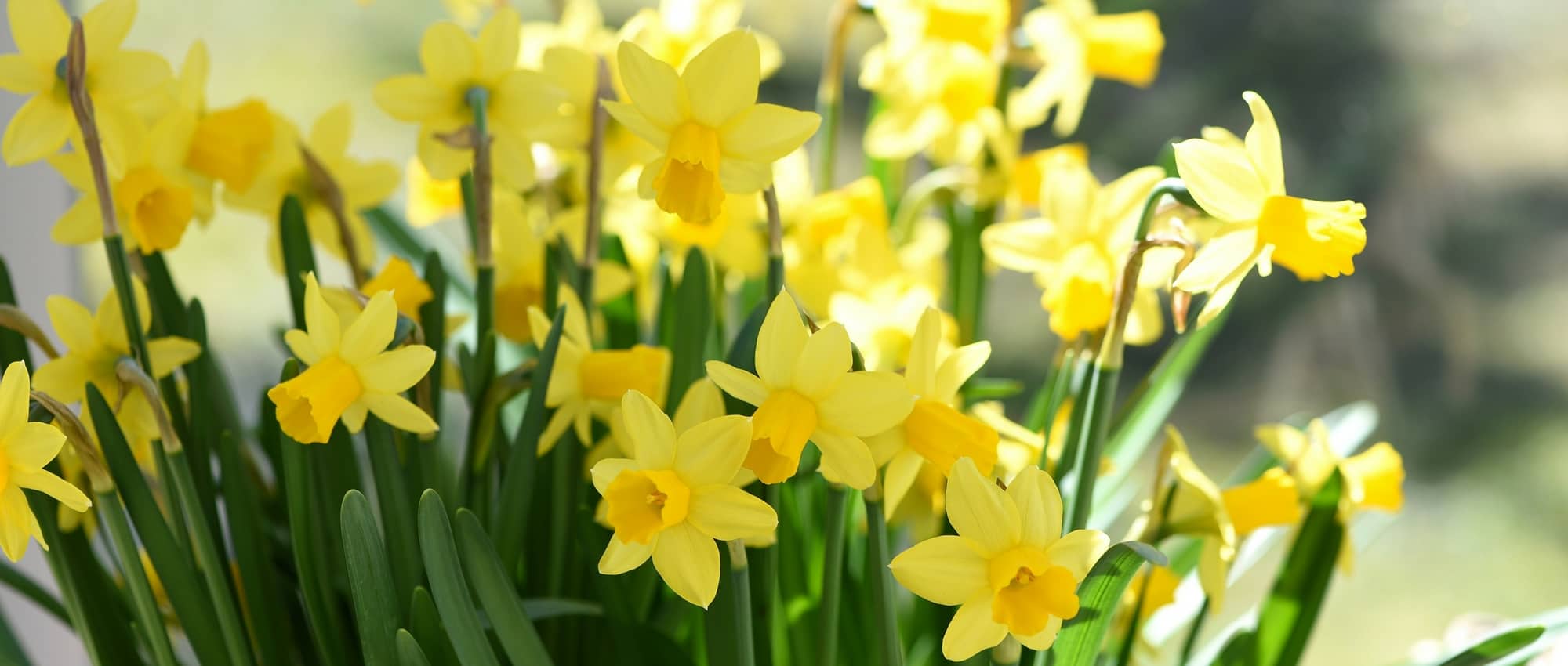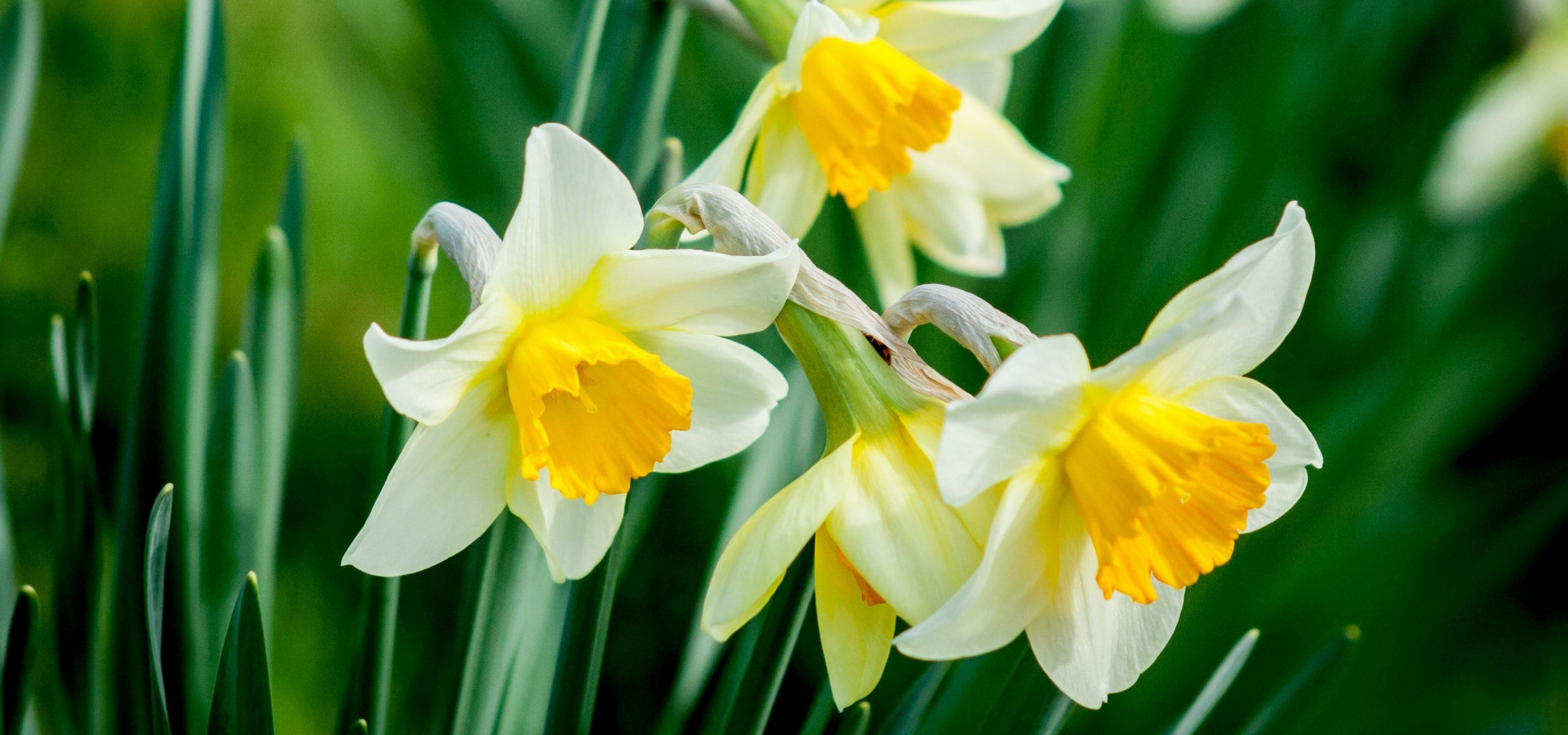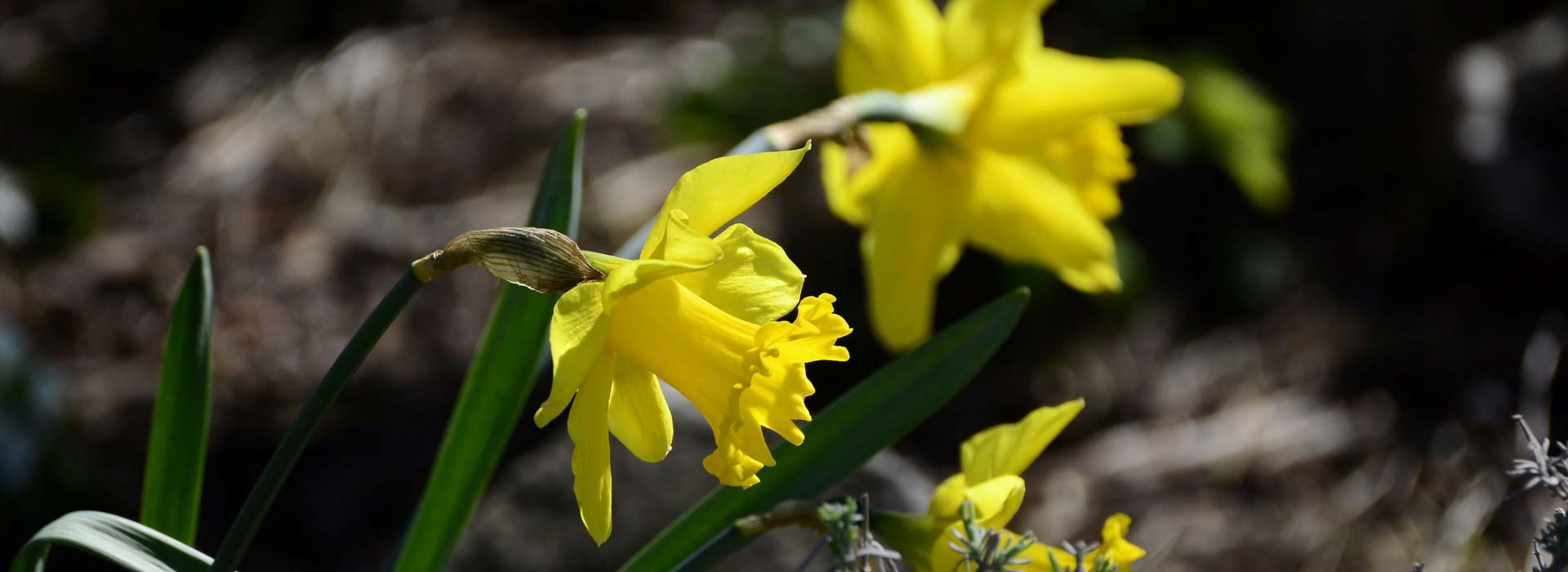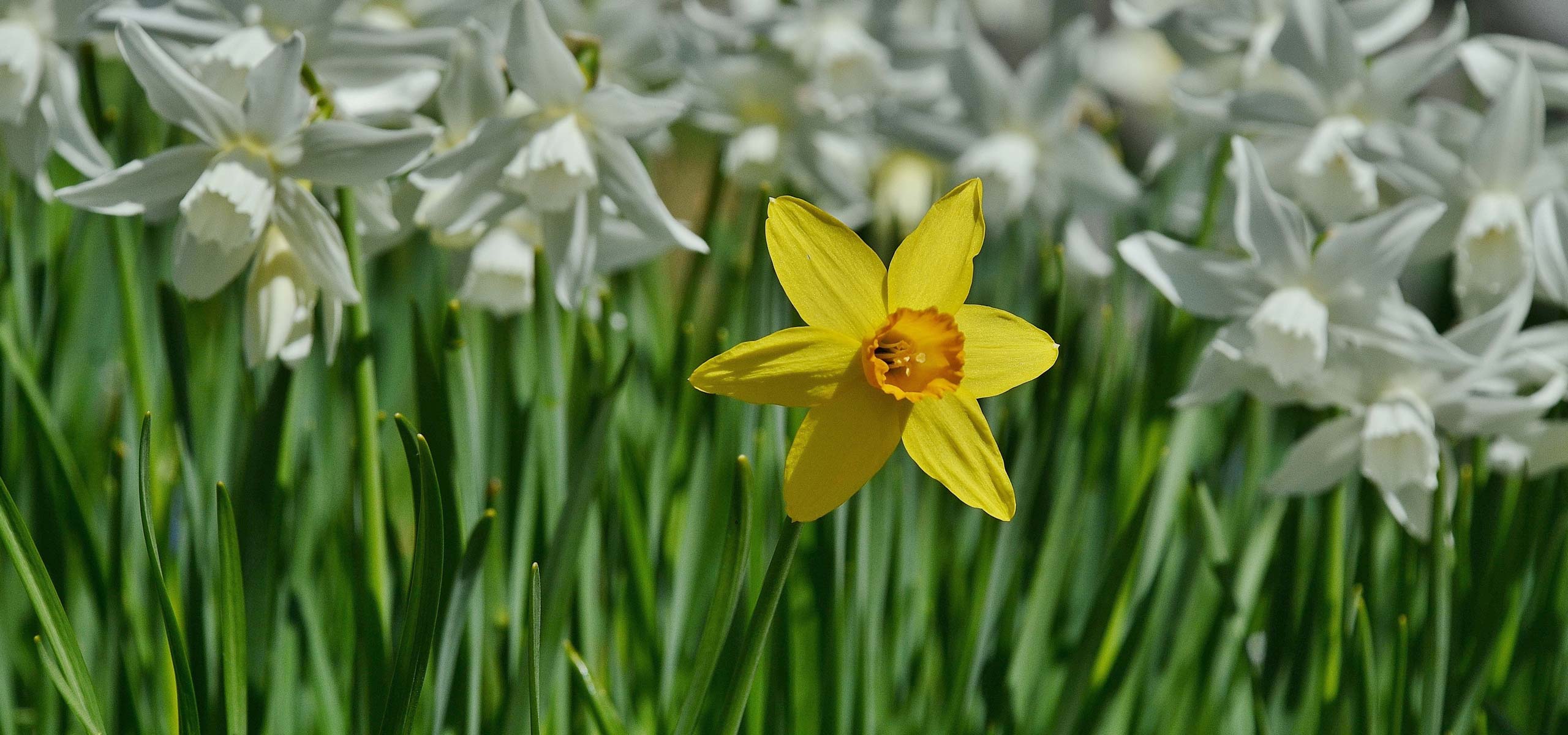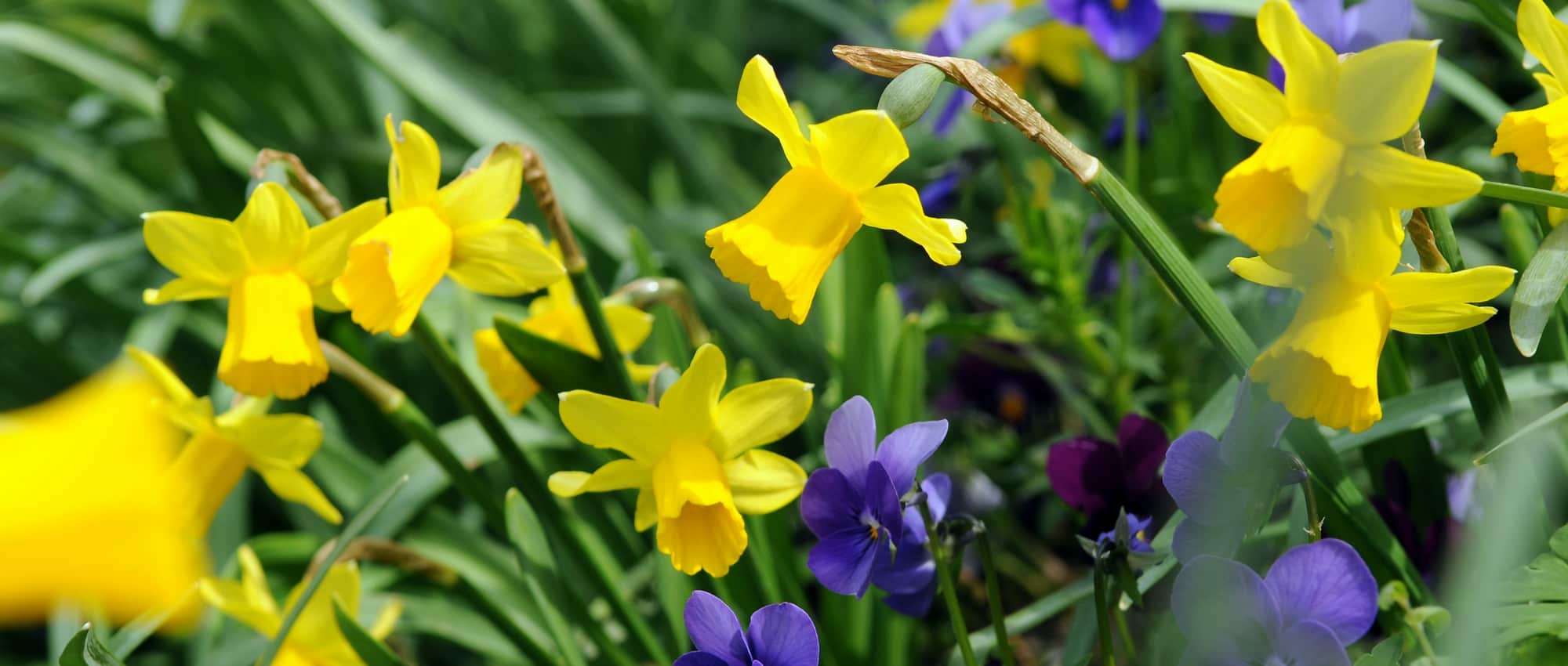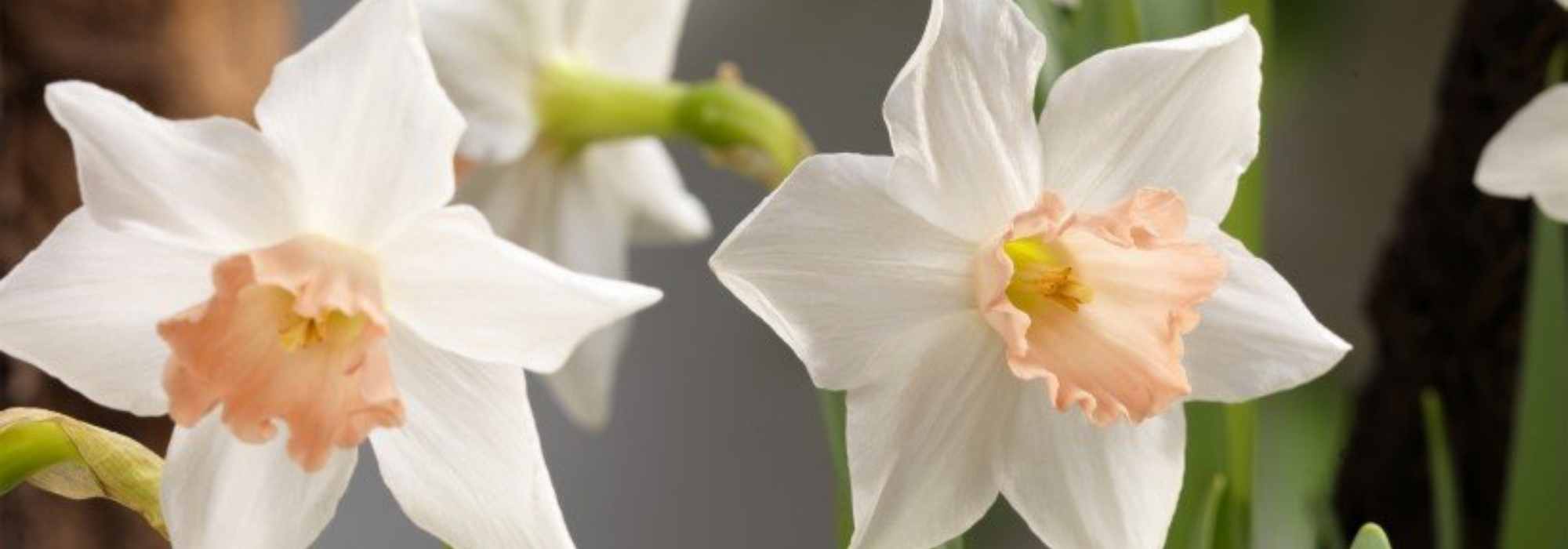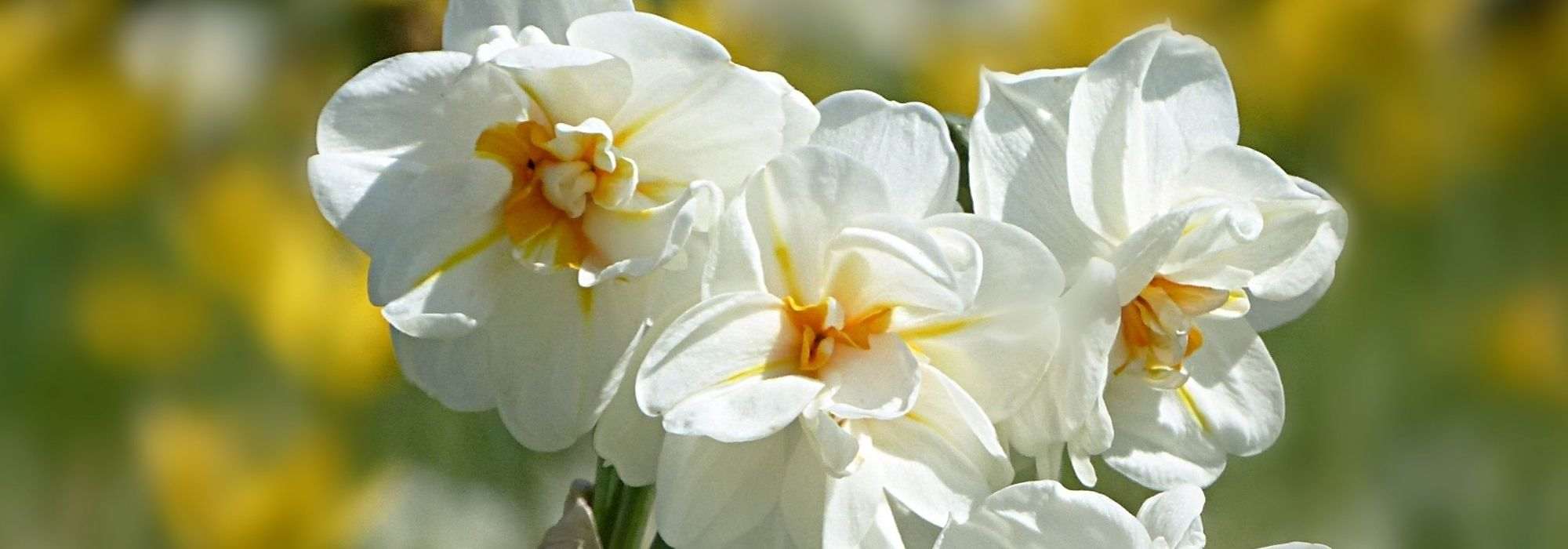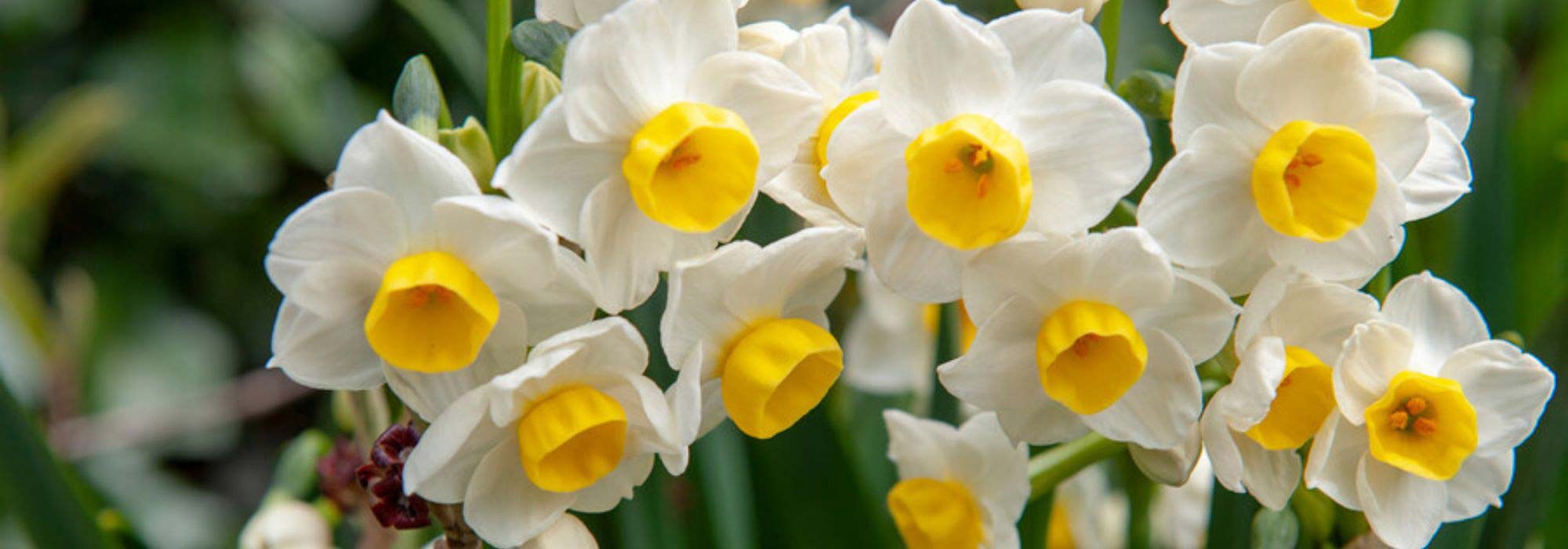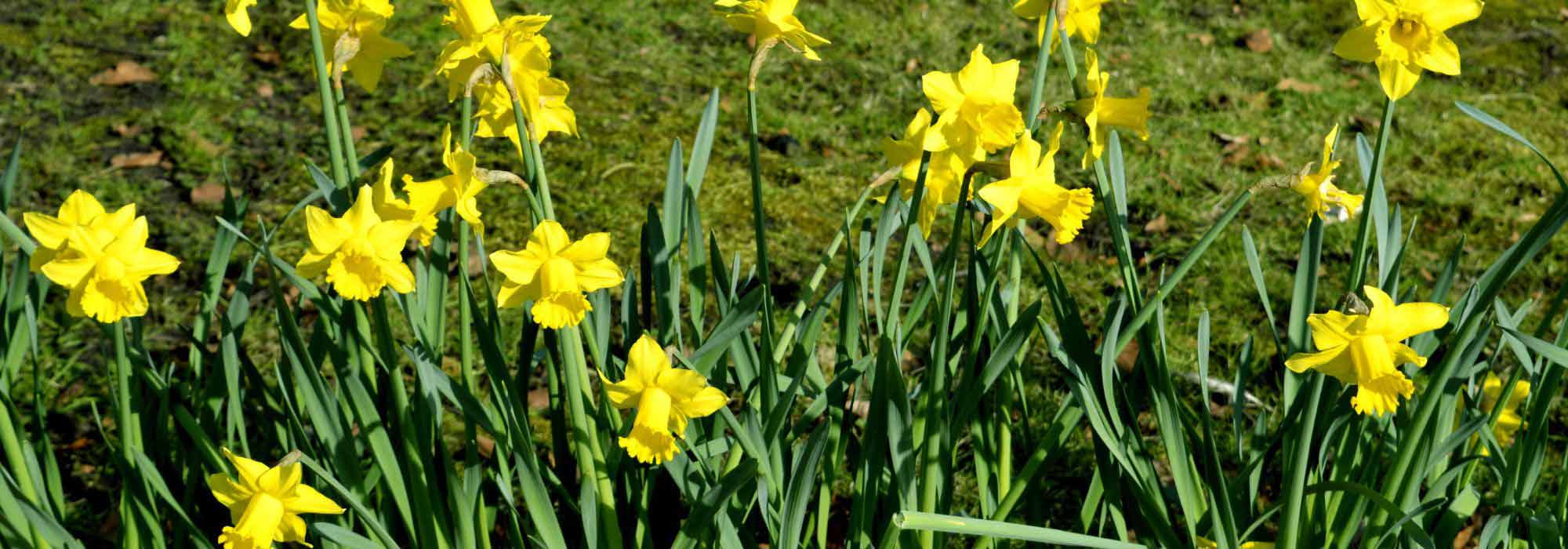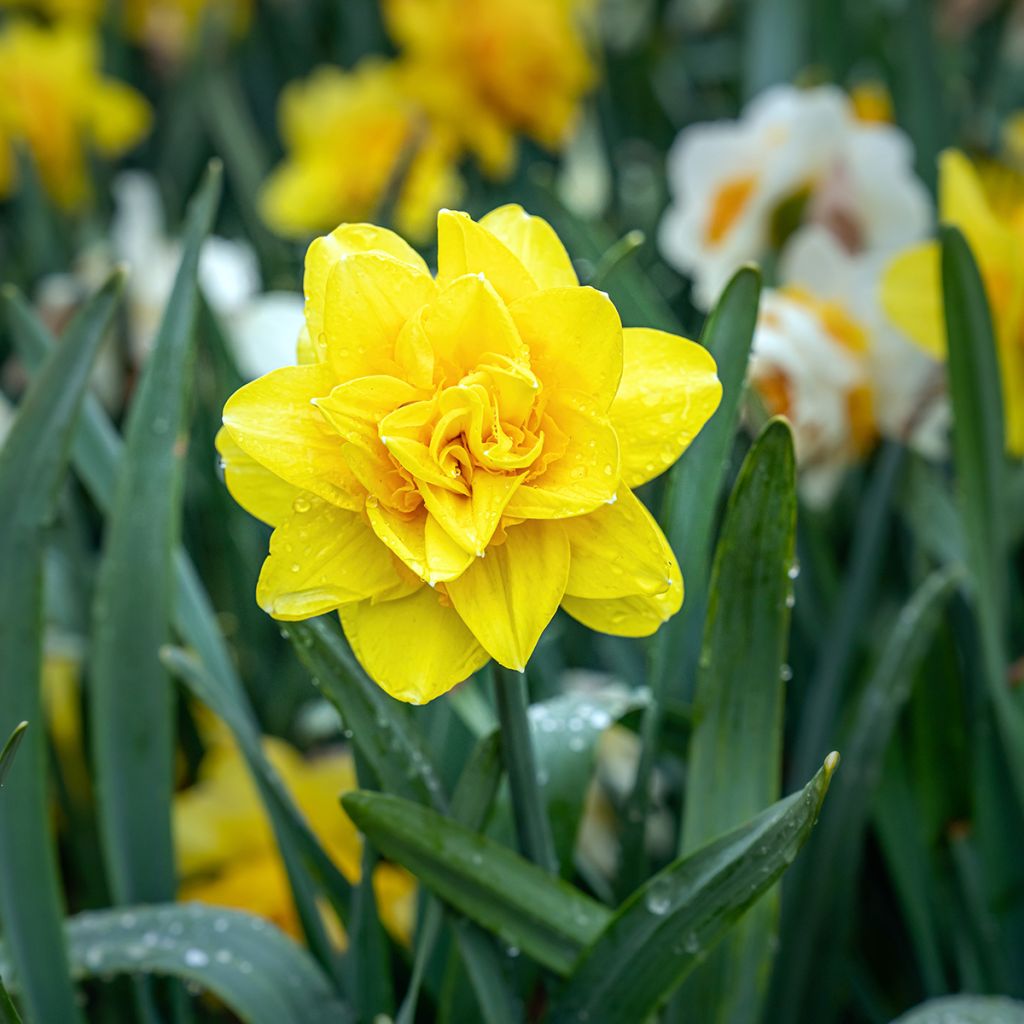

Narcissus Golden Ducat
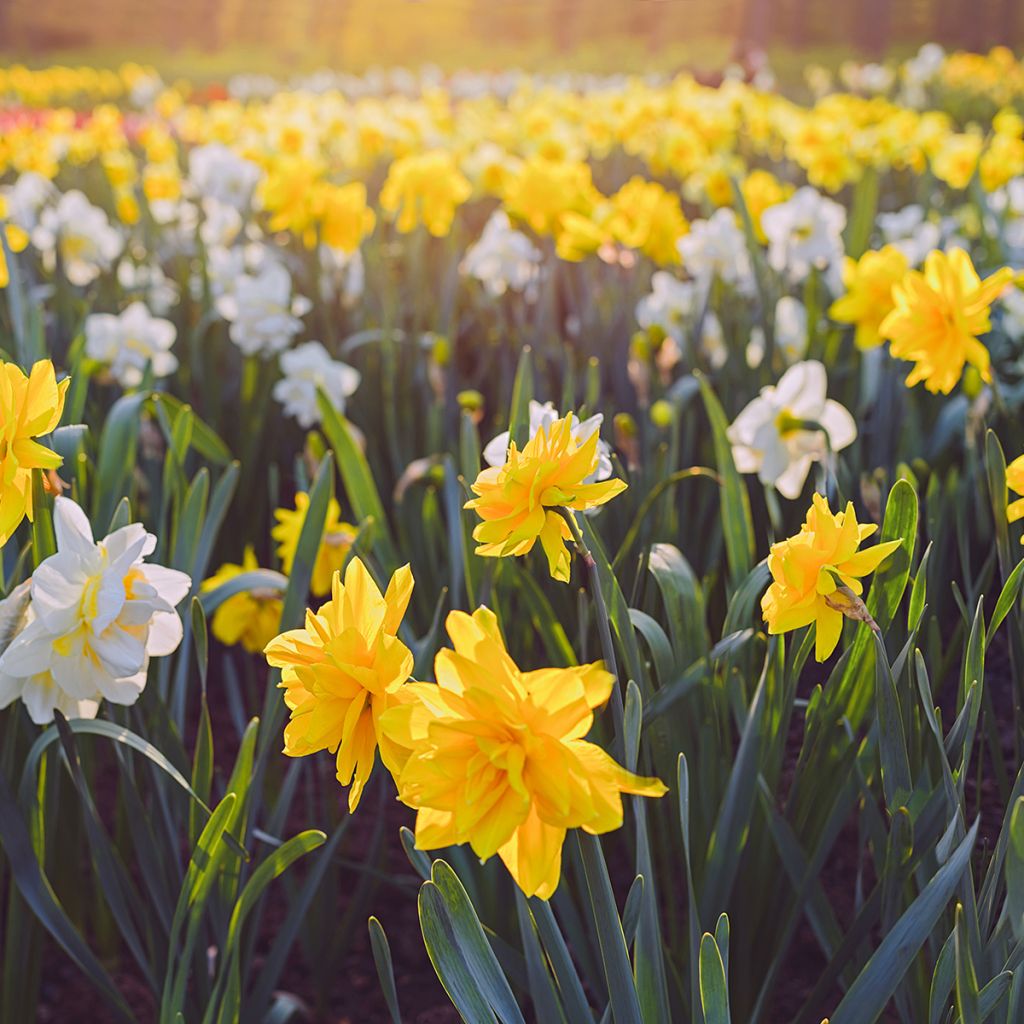

Narcissus Golden Ducat
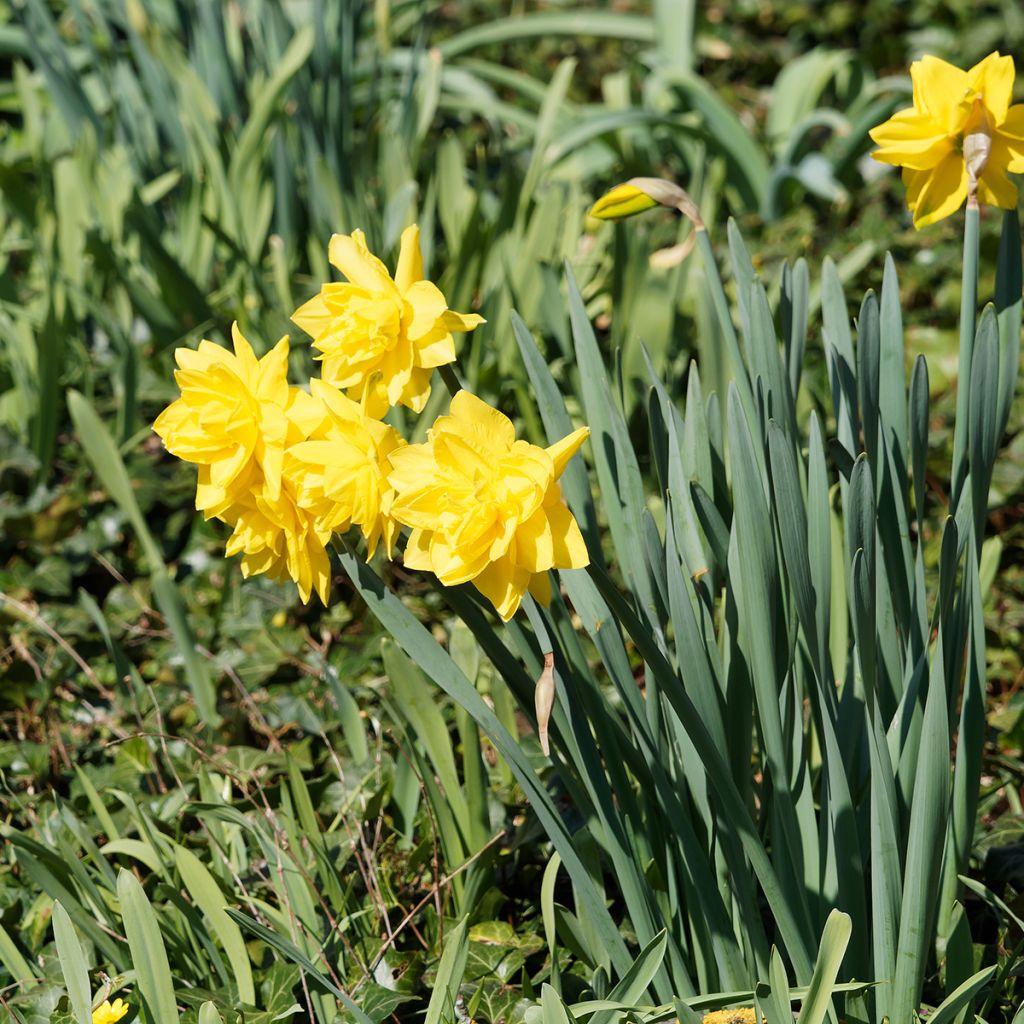

Narcissus Golden Ducat
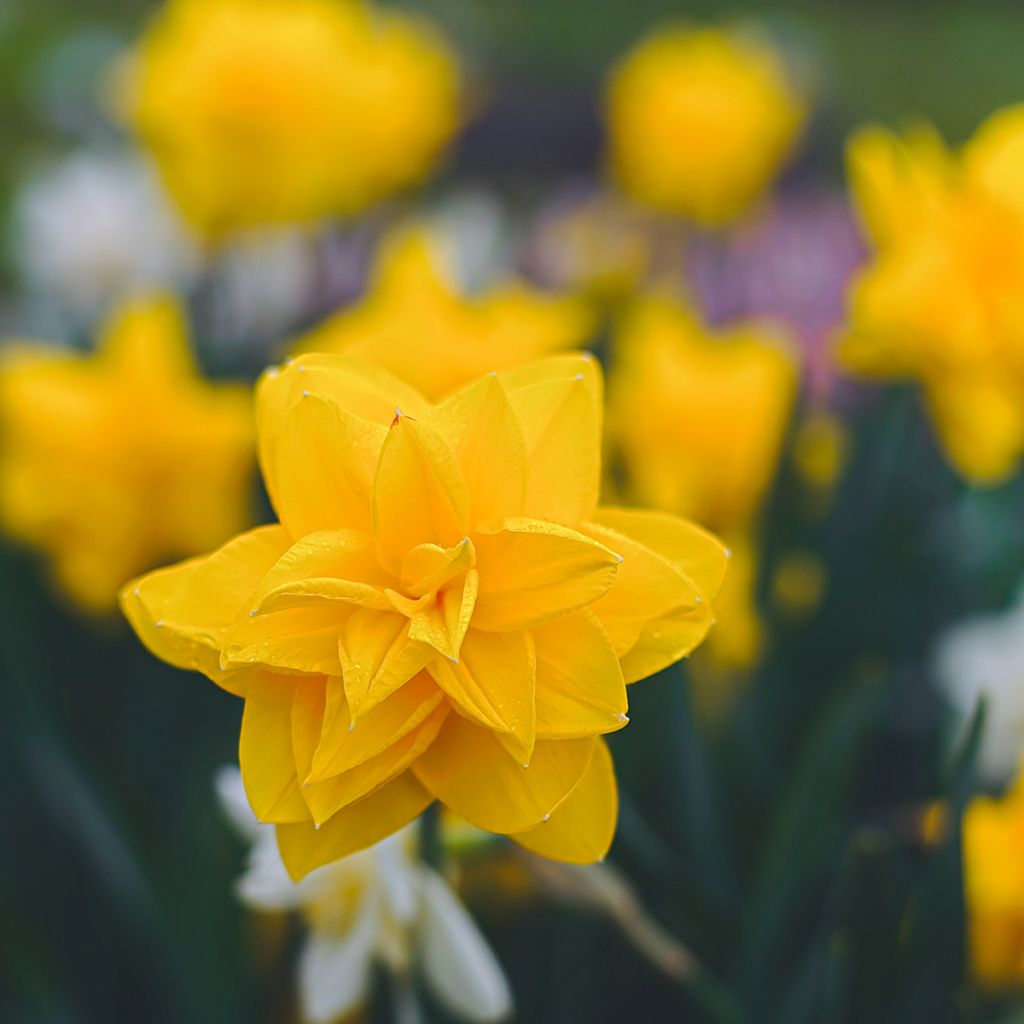

Narcissus Golden Ducat
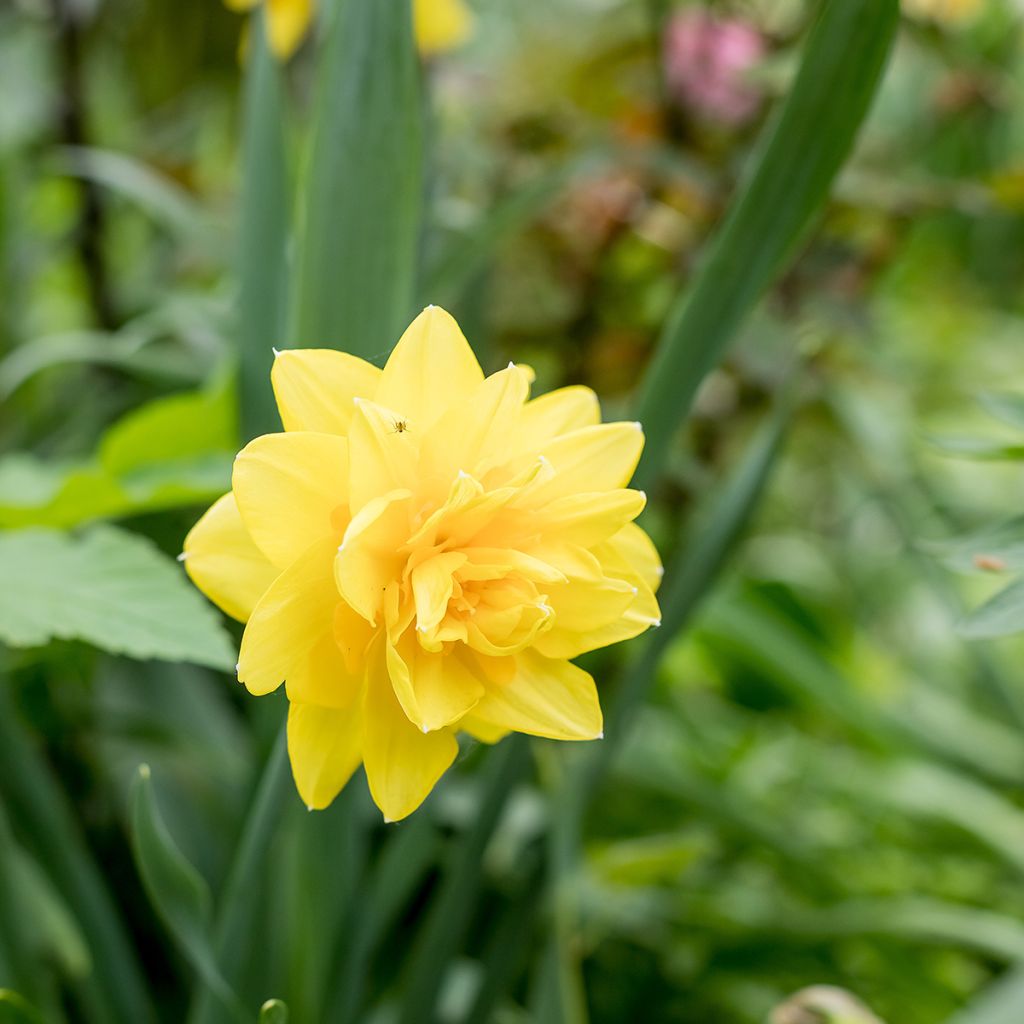

Narcissus Golden Ducat
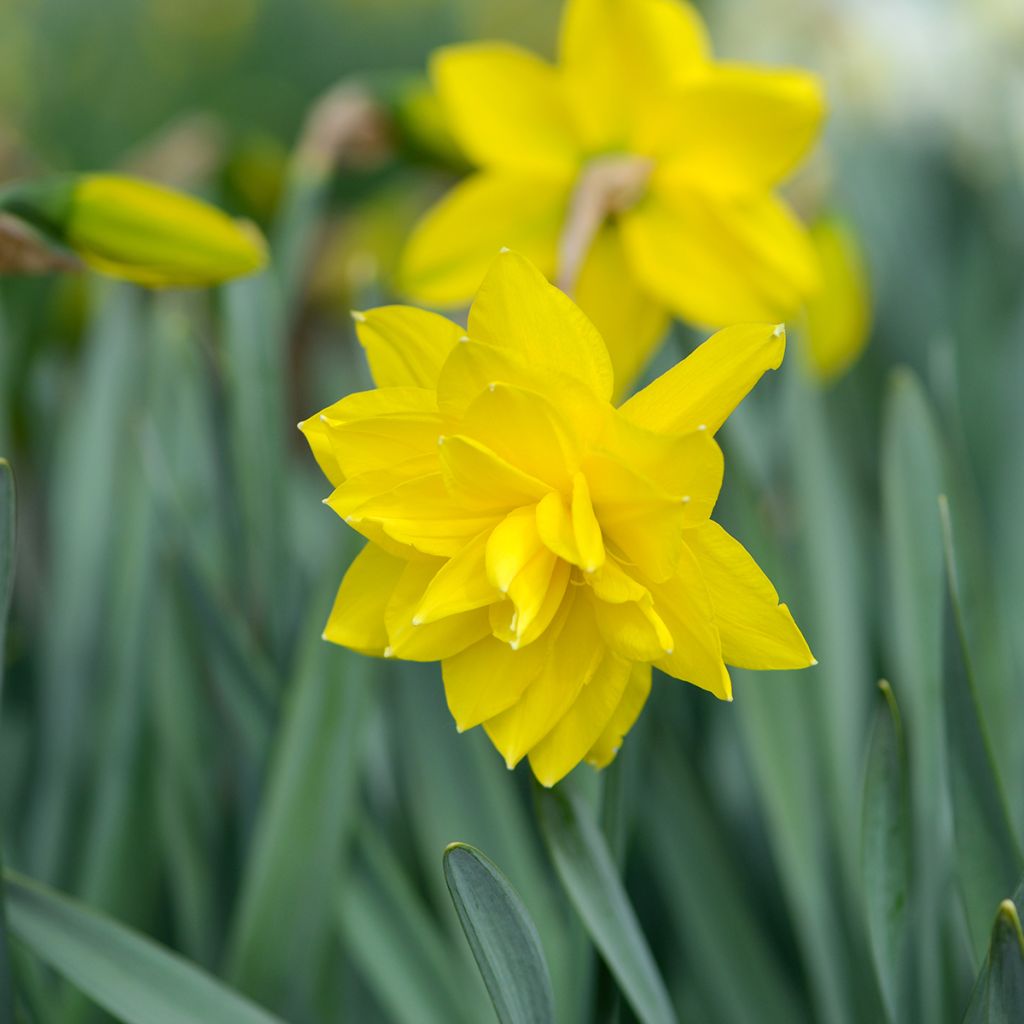

Narcissus Golden Ducat
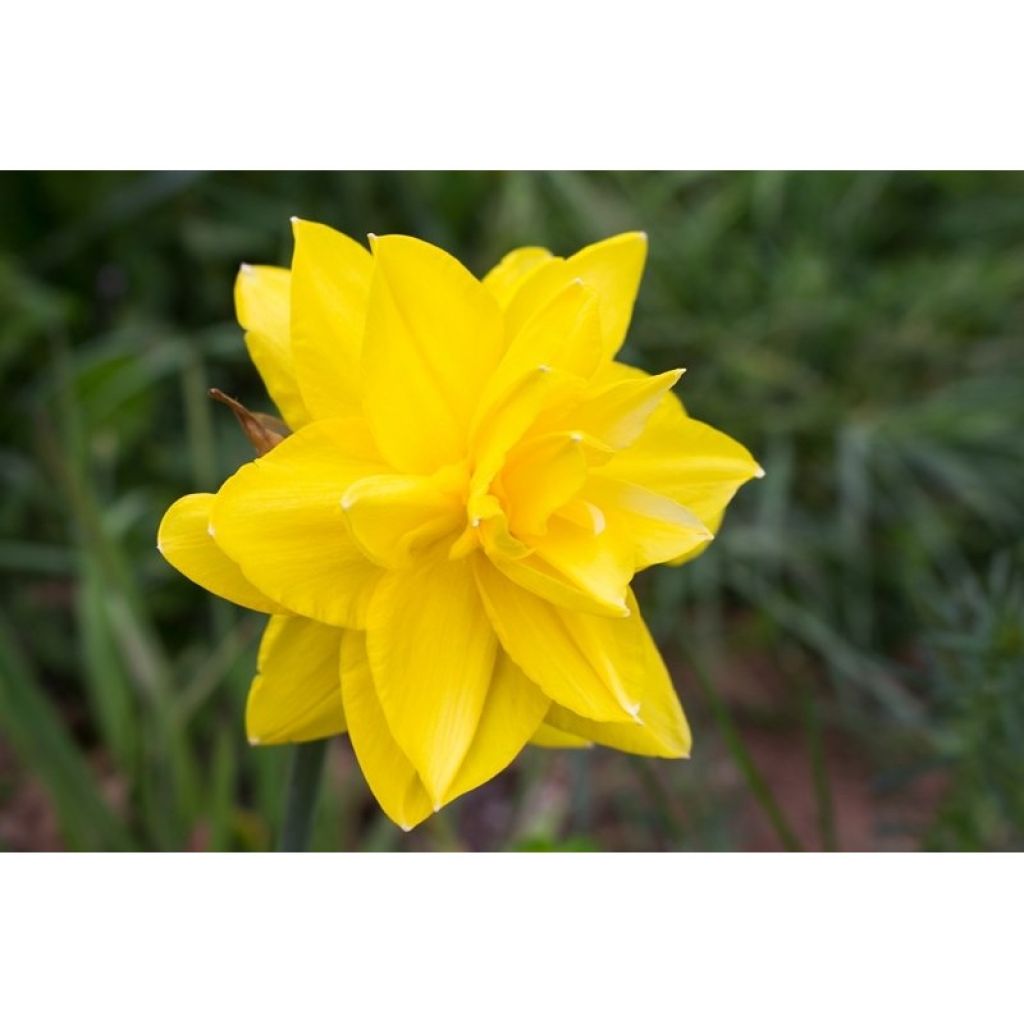

Narcissus Golden Ducat
Narcissus Golden Ducat
Narcissus Golden Ducat
Daffodil, Narcissus, Jonquil
promise of a beautiful flowering
hélène, 20/10/2020
Special offer!
Receive a €20 voucher for any order over €90 (excluding delivery costs, credit notes, and plastic-free options)!
1- Add your favorite plants to your cart.
2- Once you have reached €90, confirm your order (you can even choose the delivery date!).
3- As soon as your order is shipped, you will receive an email containing your voucher code, valid for 3 months (90 days).
Your voucher is unique and can only be used once, for any order with a minimum value of €20, excluding delivery costs.
Can be combined with other current offers, non-divisible and non-refundable.
This plant carries a 6 months recovery warranty
More information
We guarantee the quality of our plants for a full growing cycle, and will replace at our expense any plant that fails to recover under normal climatic and planting conditions.


Would this plant suit my garden?
Set up your Plantfit profile →
Description
The Narcissus 'Golden Ducat' is a superb variety of narcissus with very double flowers, and is quite old, rewarded in England by the Royal Horticultural Society. Its flower is a perfectly uniform bright yellow, and is double or even triple, and is remarkably organised in corollas of decreasing size that are precisely layered. This beautiful plant blooms at the beginning of the narcissus season, in April, on long sturdy stems. Its flowers, when planted in groups, truly explode like little suns in spring beds where it naturalises quite easily. Its waterlily or peony-like flowers, shiny and slightly fragrant, are of course spectacular in bouquets!
The double-flowered Narcissus 'Golden Ducat', sometimes called a double Jonquil, is a plant with very double flowers of the cultivar 'King Alfred', and is a horticultural hybrid introduced in the Netherlands in 1946. It belongs to the amaryllidaceae family, and more precisely to division 4 of the narcissus. The genus Narcissus includes about 50 species found mainly in the western Mediterranean, but also in Africa and Asia. 'Golden Ducat', tall and slender, produces a very sturdy stem that is 45-50 cm (18-20in) tall when in bloom. It is a spring-flowering plant, with a large yellow-green flower bud that opens into very large round flowers, 11 cm (4in) in diameter, facing upward, composed of 2 to 3 rows of waxy-textured petals topped with an original crown. This crown or cup-shaped paracorolla is divided here into segments that alternate with the petals. Double-flowered narcissus have a long flowering period. The foliage is deciduous, linear, and disappears in summer.
With such a variety of narcissus cultivars, one can enjoy them for three months in spring without ever getting tired. They all have in common the ability to naturalise easily, a love for yellow and white, and often emit sweet scents. So many reasons to grow them in large clumps (at least 20 bulbs) for a multiplied effect. Combine the 'Golden Ducat' narcissus, in slightly formal beds, with blue squills and hyacinths, accompany them with double tulips as well as forget-me-nots, pansies, or liverworts. A group of 'Golden Ducat' double-flowered narcissus in a vase creates a sensational effect. In pots, it is simply perfect.
Jonquil or Narcissus? Botanically speaking, jonquils are part of the narcissus family. They have flowers grouped in twos or more, and their corona forms a bell-shaped trumpet that is longer than the corolla is wide. The botanical species have the charm of wild plants and thrive in rock gardens: N.bulbocodium, N. canaliculatus, N.juncifolius, N.pseudonarcissus, the simple wood jonquil, are among the prettiest ones. For bouquets, we advise against mixing narcissus with other flowers, especially tulips, as the stems of narcissus contain a substance that causes other flowers to wither quickly. This adverse effect on other flower species can be mitigated by dipping the ends of the narcissus stems in warm water for 1 to 2 minutes.
Narcissus Golden Ducat in pictures
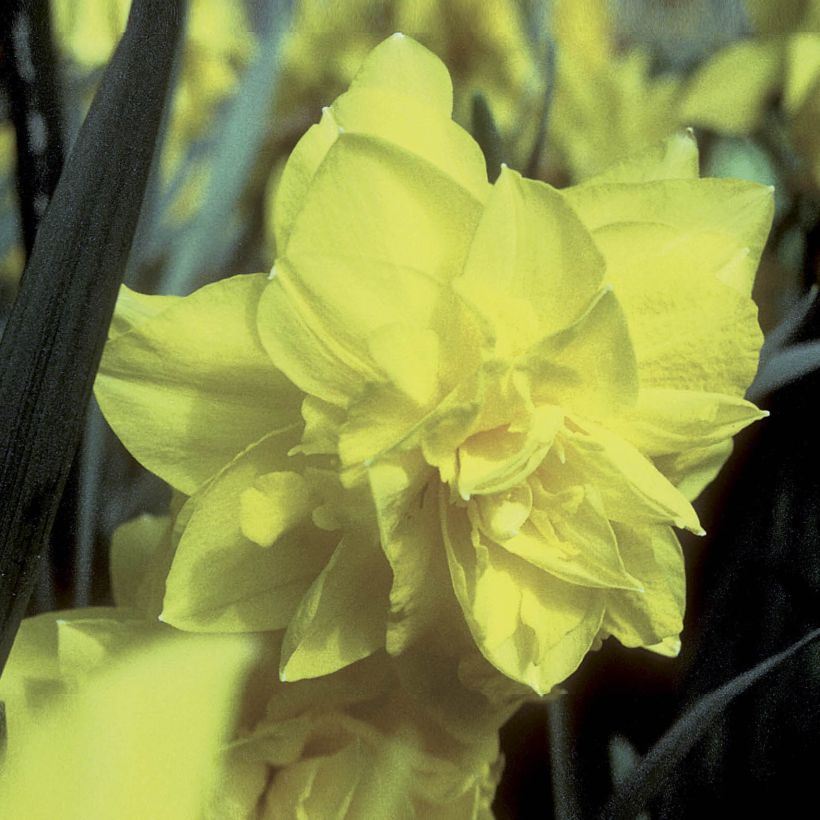

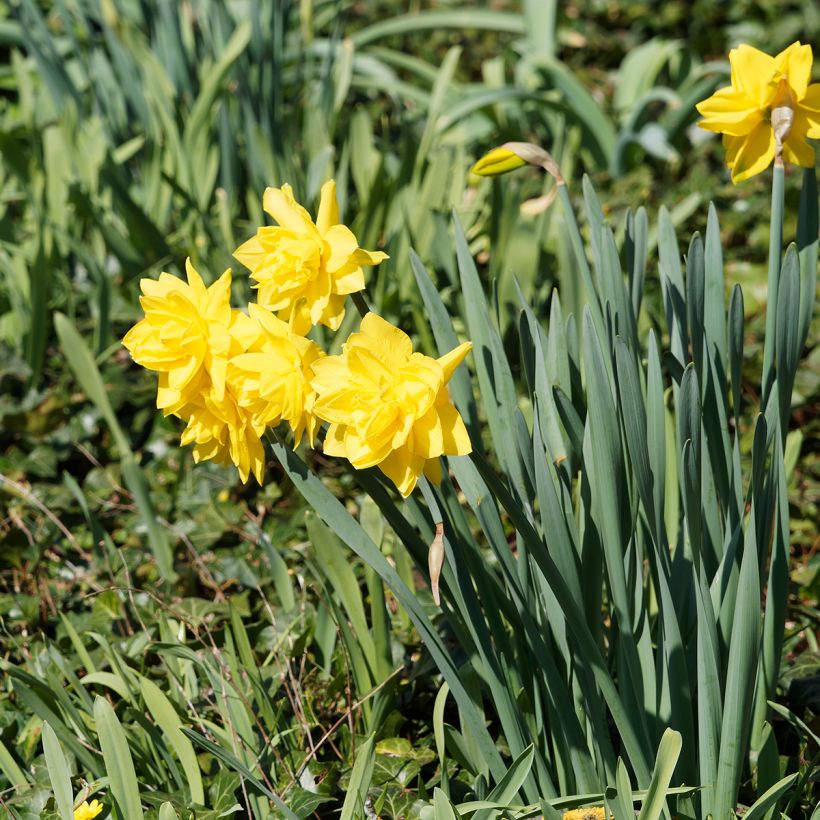

Plant habit
Flowering
Foliage
Botanical data
Narcissus
Golden Ducat
Amaryllidaceae
Daffodil, Narcissus, Jonquil
Cultivar or hybrid
Planting and care
Not demanding in perfectly drained soil, the Narcissus 'Golden Ducat' may disappear in overly wet or excessively acidic soil. It grows well in any well-drained and loosened soil. The further south you go, the less difficult it will be in terms of soil type. Plant the bulbs from September to mid-December, at a depth of 15 cm (6in), with a spacing of 8 cm (3in), in a sunny or partially shaded location (at least 3 hours of sunlight per day). Do not disturb them and, each year, your narcissus will produce more and more flowers. You can plant them in the short grass meadow. In this case, lift the grass turf, dig and loosen the soil to a depth of at least 20 cm (8in) (the height of a spade). Plant your bulbs, cover with soil, and reposition the turf. Choose a spot where you won't mow, as it is necessary to let the narcissus leaves wither before cutting them. It is advisable to water in case of drought. The narcissus bulbs remain in the ground. Remove faded flowers to promote the accumulation of new reserves in the bulb. After flowering, let the foliage die naturally and only cut it when it turns yellow. If the clumps become too dense, they will flower less well, so they can be divided from July to September when the leaves are dry. You can replant the bulbs immediately.
Planting period
Intended location
Care
Planting & care advice
-
, onOrder confirmed
Reply from on Promesse de fleurs
Haven't found what you were looking for?
Hardiness is the lowest winter temperature a plant can endure without suffering serious damage or even dying. However, hardiness is affected by location (a sheltered area, such as a patio), protection (winter cover) and soil type (hardiness is improved by well-drained soil).

Photo Sharing Terms & Conditions
In order to encourage gardeners to interact and share their experiences, Promesse de fleurs offers various media enabling content to be uploaded onto its Site - in particular via the ‘Photo sharing’ module.
The User agrees to refrain from:
- Posting any content that is illegal, prejudicial, insulting, racist, inciteful to hatred, revisionist, contrary to public decency, that infringes on privacy or on the privacy rights of third parties, in particular the publicity rights of persons and goods, intellectual property rights, or the right to privacy.
- Submitting content on behalf of a third party;
- Impersonate the identity of a third party and/or publish any personal information about a third party;
In general, the User undertakes to refrain from any unethical behaviour.
All Content (in particular text, comments, files, images, photos, videos, creative works, etc.), which may be subject to property or intellectual property rights, image or other private rights, shall remain the property of the User, subject to the limited rights granted by the terms of the licence granted by Promesse de fleurs as stated below. Users are at liberty to publish or not to publish such Content on the Site, notably via the ‘Photo Sharing’ facility, and accept that this Content shall be made public and freely accessible, notably on the Internet.
Users further acknowledge, undertake to have ,and guarantee that they hold all necessary rights and permissions to publish such material on the Site, in particular with regard to the legislation in force pertaining to any privacy, property, intellectual property, image, or contractual rights, or rights of any other nature. By publishing such Content on the Site, Users acknowledge accepting full liability as publishers of the Content within the meaning of the law, and grant Promesse de fleurs, free of charge, an inclusive, worldwide licence for the said Content for the entire duration of its publication, including all reproduction, representation, up/downloading, displaying, performing, transmission, and storage rights.
Users also grant permission for their name to be linked to the Content and accept that this link may not always be made available.
By engaging in posting material, Users consent to their Content becoming automatically accessible on the Internet, in particular on other sites and/or blogs and/or web pages of the Promesse de fleurs site, including in particular social pages and the Promesse de fleurs catalogue.
Users may secure the removal of entrusted content free of charge by issuing a simple request via our contact form.
The flowering period indicated on our website applies to countries and regions located in USDA zone 8 (France, the United Kingdom, Ireland, the Netherlands, etc.)
It will vary according to where you live:
- In zones 9 to 10 (Italy, Spain, Greece, etc.), flowering will occur about 2 to 4 weeks earlier.
- In zones 6 to 7 (Germany, Poland, Slovenia, and lower mountainous regions), flowering will be delayed by 2 to 3 weeks.
- In zone 5 (Central Europe, Scandinavia), blooming will be delayed by 3 to 5 weeks.
In temperate climates, pruning of spring-flowering shrubs (forsythia, spireas, etc.) should be done just after flowering.
Pruning of summer-flowering shrubs (Indian Lilac, Perovskia, etc.) can be done in winter or spring.
In cold regions as well as with frost-sensitive plants, avoid pruning too early when severe frosts may still occur.
The planting period indicated on our website applies to countries and regions located in USDA zone 8 (France, United Kingdom, Ireland, Netherlands).
It will vary according to where you live:
- In Mediterranean zones (Marseille, Madrid, Milan, etc.), autumn and winter are the best planting periods.
- In continental zones (Strasbourg, Munich, Vienna, etc.), delay planting by 2 to 3 weeks in spring and bring it forward by 2 to 4 weeks in autumn.
- In mountainous regions (the Alps, Pyrenees, Carpathians, etc.), it is best to plant in late spring (May-June) or late summer (August-September).
The harvesting period indicated on our website applies to countries and regions in USDA zone 8 (France, England, Ireland, the Netherlands).
In colder areas (Scandinavia, Poland, Austria...) fruit and vegetable harvests are likely to be delayed by 3-4 weeks.
In warmer areas (Italy, Spain, Greece, etc.), harvesting will probably take place earlier, depending on weather conditions.
The sowing periods indicated on our website apply to countries and regions within USDA Zone 8 (France, UK, Ireland, Netherlands).
In colder areas (Scandinavia, Poland, Austria...), delay any outdoor sowing by 3-4 weeks, or sow under glass.
In warmer climes (Italy, Spain, Greece, etc.), bring outdoor sowing forward by a few weeks.






























